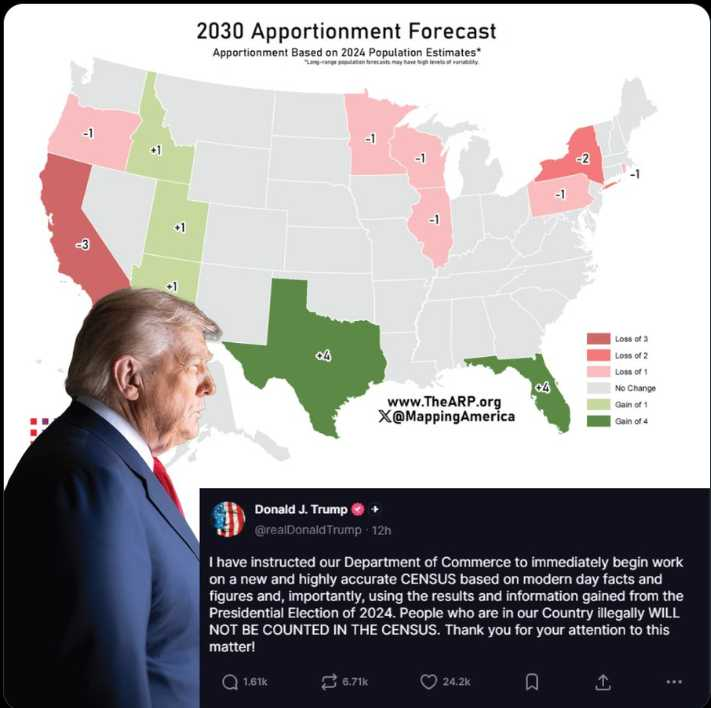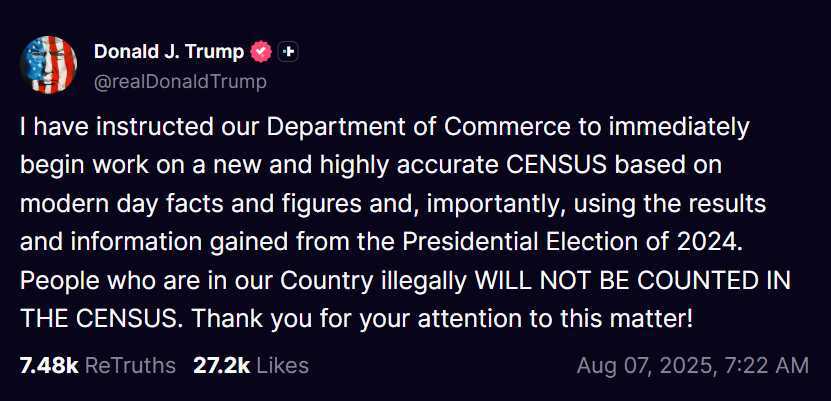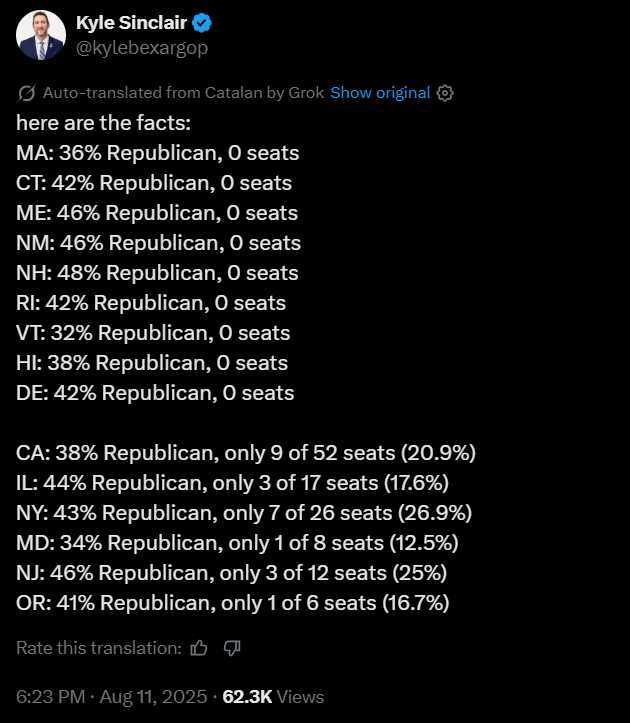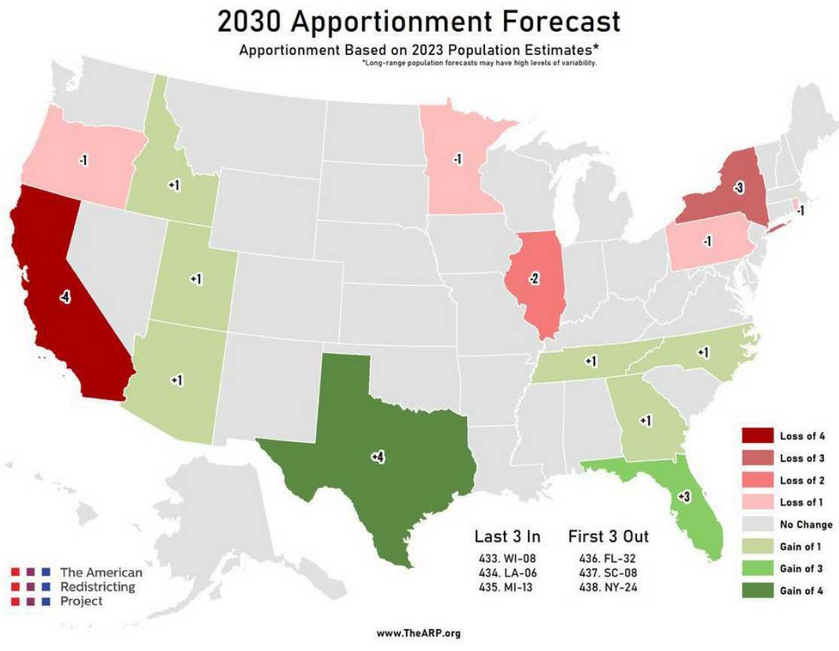Abstract
This article explores two major political proposals advanced in the final months before the American Civil War: the Crittenden Compromise (1860) and the Corwin Amendment (1861). Both efforts sought to preserve the Union through constitutional concessions on slavery. We examine their content, motivations, political support and opposition, and how they reflected (and ultimately failed to resolve) the irreconcilable tensions between North and South. Special attention is given to the evolving role of President-elect and later President Abraham Lincoln, whose principled opposition to slavery’s expansion shaped Republican resistance to compromise efforts. The article situates these proposals within a broader constitutional framework of federalism, natural rights, and the limits of amendment power.
I. Introduction
In the months following Abraham Lincoln’s election in November 1860, the United States faced an unprecedented crisis. Southern states began seceding from the Union, fearing that a Republican administration would restrict or abolish slavery. As secessionist sentiment grew, Congress and national leaders proposed several last-ditch efforts to avoid civil war through constitutional compromise. Among the most notable were the Crittenden Compromise, introduced in December 1860, and the Corwin Amendment, proposed in early 1861. Though differing in scope and content, both proposals reflect the extent to which the federal government was willing to entrench slavery in constitutional law in hopes of maintaining Union.
II. The Crittenden Compromise
A. Background and Purpose
On December 18, 1860, Senator John J. Crittenden of Kentucky introduced a series of six proposed constitutional amendments and four congressional resolutions, collectively known as the Crittenden Compromise. Crittenden, a member of the Constitutional Union Party, sought to calm Southern fears and avert secession by providing federal guarantees for slavery.
B. Main Provisions
The core elements of the compromise included:
A constitutional amendment reinstating the Missouri Compromise line (36°30′ N latitude), permanently prohibiting slavery north of the line and guaranteeing it south of the line in current and future U.S. territories (U.S. Senate Journal, 36th Cong., 2nd Sess., 1860).
A prohibition on Congress interfering with slavery in states where it already existed.
A federal guarantee for enforcement of fugitive slave laws.
A requirement that future constitutional amendments could not abolish or interfere with slavery in slaveholding states.
C. Reception and Defeat
The Crittenden Compromise was broadly supported by Southern politicians and some Northern moderates, but strongly opposed by Republicans, including Lincoln, who rejected any compromise that would allow the expansion of slavery into new territories. Through backchannels and private correspondence, Lincoln discouraged Republican senators from supporting the proposal (Basler, Collected Works of Abraham Lincoln, Vol. 4, p. 152).
The compromise ultimately failed in committee in January 1861, and its defeat accelerated Southern secession.
III. The Corwin Amendment
A. Introduction and Legislative History
In the aftermath of the Crittenden proposal’s failure and with several states having already seceded, Representative Thomas Corwin of Ohio introduced a new constitutional amendment intended to reassure the South. The Corwin Amendment passed the House on February 28, 1861, and the Senate on March 2, 1861, just days before Lincoln’s inauguration.
The proposed text read:
“No amendment shall be made to the Constitution which will authorize or give to Congress the power to abolish or interfere, within any State, with the domestic institutions thereof, including that of persons held to labor or service by the laws of said State.”
— Congressional Globe, 36th Cong., 2nd Sess. (1861)
B. Purpose and Scope
Unlike the Crittenden Compromise, which addressed slavery in territories, the Corwin Amendment focused exclusively on preserving slavery in existing states, permanently prohibiting Congress or any future constitutional amendment from interfering with state domestic institutions, including slavery.
It was a more limited proposal, intended as a symbolic assurance to slave states that the federal government would not abolish slavery where it existed, even under future administrations.
C. Lincoln’s Position
Though a longtime opponent of slavery’s expansion, Lincoln endorsed the Corwin Amendment in his first inaugural address on March 4, 1861:
“I have no objection to its being made express and irrevocable.”
— Abraham Lincoln, First Inaugural Address (1861)
Lincoln directed Secretary of State William Seward to send the amendment to the states for ratification. Some states, including Ohio and Maryland, ratified it, but the amendment never achieved the necessary approval from three-fourths of the states, especially as war broke out shortly after.
IV. Comparative Analysis
| Feature | Crittenden Compromise | Corwin Amendment |
|---|---|---|
| Proposed | Dec 1860 | Feb–Mar 1861 |
| Proposer | Sen. John Crittenden (KY) | Rep. Thomas Corwin (OH) |
| Key Objective | Allow slavery south of 36°30′ in territories | Constitutionally prohibit federal interference with slavery in states |
| Lincoln’s View | Opposed | Supported (as peace gesture) |
| Status | Rejected in committee | Passed Congress; unratified |
| Amendment Nature | Multiple amendments and resolutions | Single proposed amendment |
| Historical Result | Failed to prevent secession | Superseded by Civil War and 13th Amendment |
V. Constitutional and Originalist Considerations
A. Federalism and State Sovereignty
The Corwin Amendment affirmed the federalist structure of the Constitution, where states retained authority over domestic institutions, including slavery. Its logic aligned with the Madisonian view that powers not delegated to the federal government remained with the states (see Federalist No. 45).
B. Limits on Constitutional Amendment Power
The Corwin Amendment attempted to shield certain subjects from future amendment. Although Article V allows for limitations (as with the equal suffrage of states in the Senate), many legal scholars debate whether any constitutional amendment can permanently bar future amendments. This raises complex issues about constitutional entrenchment.
C. Slavery and the Founding Vision
The Crittenden and Corwin proposals represent divergent paths in response to a growing national crisis. While the Founding generation accepted slavery as a temporary evil (e.g., Madison at the Constitutional Convention), these 1860–1861 efforts reflect a move to permanently constitutionalize an institution many of the founders viewed as incompatible with natural rights.
VI. Conclusion
Both the Crittenden Compromise and the Corwin Amendment reveal the lengths to which American politicians were willing to go to preserve the Union through accommodation of slavery. However, their failure also underscores the irreconcilability of a republic founded on liberty with a system built on bondage. Abraham Lincoln’s careful balancing act was opposing slavery’s expansion while tolerating its existence where entrenched, framed the constitutional limits of compromise.
With the firing on Fort Sumter on April 12, 1861, the era of compromise ended. The actual 13th Amendment, ratified in 1865, would abolish slavery entirely, reversing the direction of both earlier proposals and reaffirming the Declaration’s principle that all men are created equal.
Sources
Basler, Roy P., ed. Collected Works of Abraham Lincoln. Vol. 4. Rutgers University Press, 1953.
https://www.gilderlehrman.org/sites/default/files/inline-pdfs/Mahir%20Rafi%20Riaz_An%20End%20to%20the%20Era%20of%20Compromise.pdfThe Congressional Globe, 36th Congress, 2nd Session (1861).
U.S. Senate Journal, 36th Congress, 2nd Session (1860).
https://www.congress.gov/browse/36th-congressFehrenbacher, Don E. The Slaveholding Republic: An Account of the United States Government's Relations to Slavery. Oxford University Press, 2001.
https://global.oup.com/academic/product/the-slaveholding-republic-9780195158052?cc=us&lang=en&Finkelman, Paul. Slavery and the Founders: Race and Liberty in the Age of Jefferson. Routledge, 2013.
https://www.taylorfrancis.com/books/mono/10.4324/9781315720869/slavery-founders-paul-finkelmanMcPherson, James M. Battle Cry of Freedom: The Civil War Era. Oxford University Press, 1988.
https://global.oup.com/academic/product/battle-cry-of-freedom-9780195038637?cc=us&lang=en&Amar, Akhil Reed. America’s Constitution: A Biography. Random House, 2005.
https://freespoke.com/podcasts/396003/a-tale-of-three-cities?t=233.3“Abraham Lincoln and the Corwin Amendment”: NIU / Illinois Heritage Journal
https://www.lib.niu.edu/2006/ih060934.html NIU LibraryH.J. Res. 80, proposing the Corwin Amendment: Visit the Capitol (U.S. Senate / National Archives)
https://www.visitthecapitol.gov/artifact/hj-res-80-proposing-amend-constitution-united-states-corwin-amendment-february-28-1861 U.S. Capitol Visitor CenterHouse Joint Resolution Proposing an Amendment to Prohibit Abolishing Slavery: Docsteach / National Archives
https://docsteach.org/document/amendment-prohibit-abolishing-slavery/ DocsTeach“A Proposed Thirteenth Amendment to Prevent Secession, 1861”: Gilder Lehrman
https://www.gilderlehrman.org/history-resources/spotlight-primary-source/proposed-thirteenth-amendment-prevent-secession-1861 Gilder Lehrman InstituteCorwin Amendment: Wikisource (full text)
https://en.wikisource.org/wiki/Corwin_Amendment WikisourceUnratified Amendments: Protection of Slavery: National Archives Prologue Blog
https://prologue.blogs.archives.gov/2020/02/19/unratified-amendments-protection-of-slavery/ Pieces of HistoryCrittenden Compromise: Wikipedia (overview & references)
https://en.wikipedia.org/wiki/Crittenden_Compromise WikipediaThe Corwin Amendment, Enslavement, and Abraham Lincoln: ThoughtCo
https://www.thoughtco.com/corwin-amendment-slavery-and-lincoln-4160928 thoughtco.com- Basler, Collected Works of Abraham Lincoln, Vol. 4, p. 152
https://quod.lib.umich.edu/l/lincoln/ - Abraham Lincoln, First Inaugural Address (1861)
https://en.wikisource.org/wiki/Abraham_Lincoln%27s_First_Inaugural_Address

















